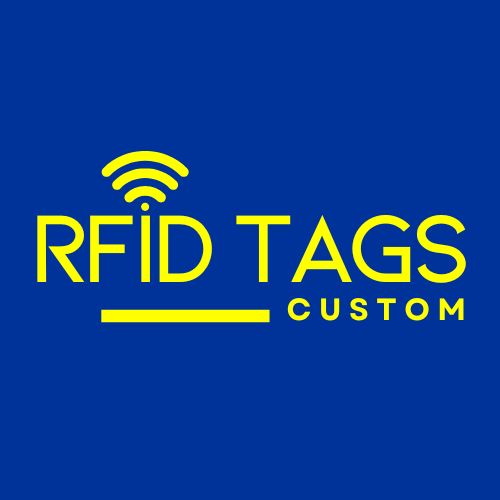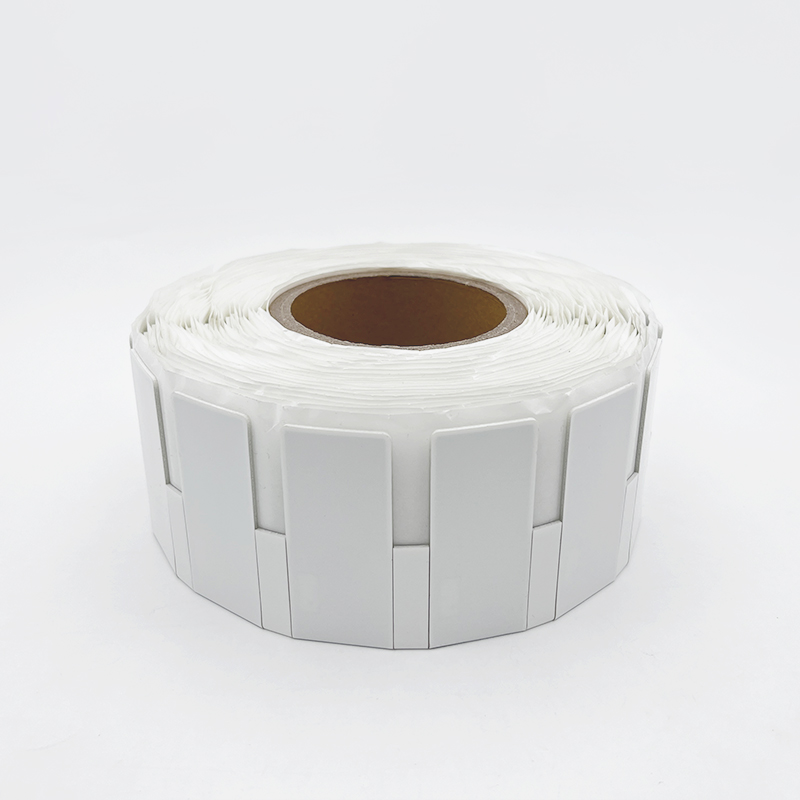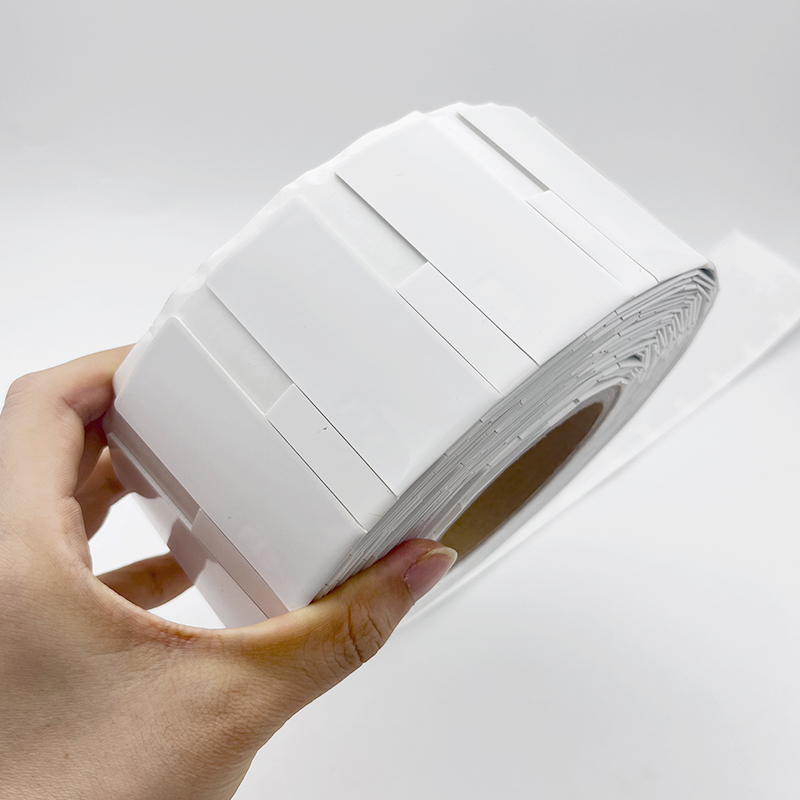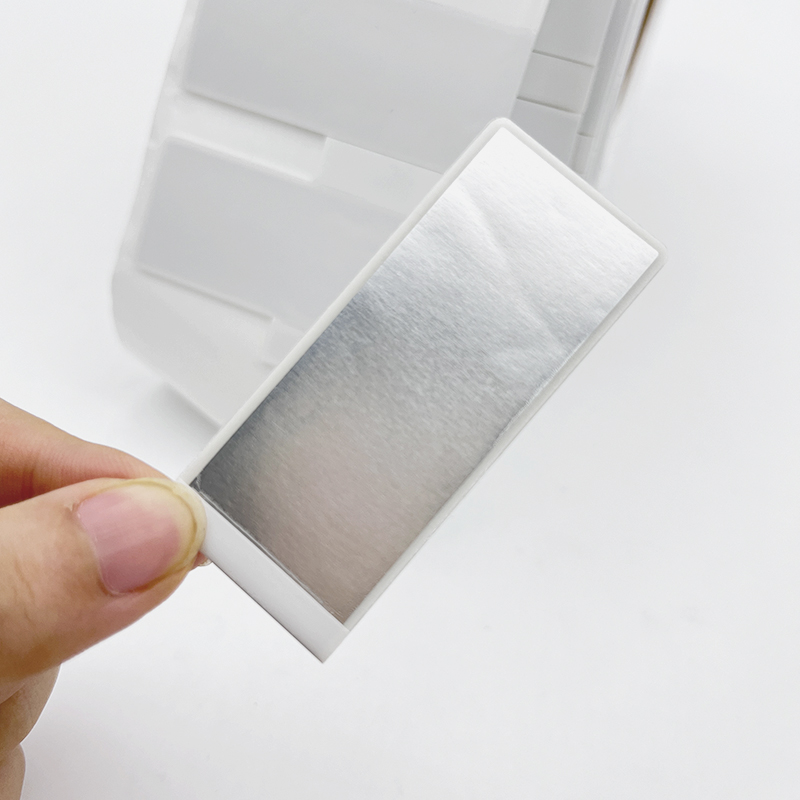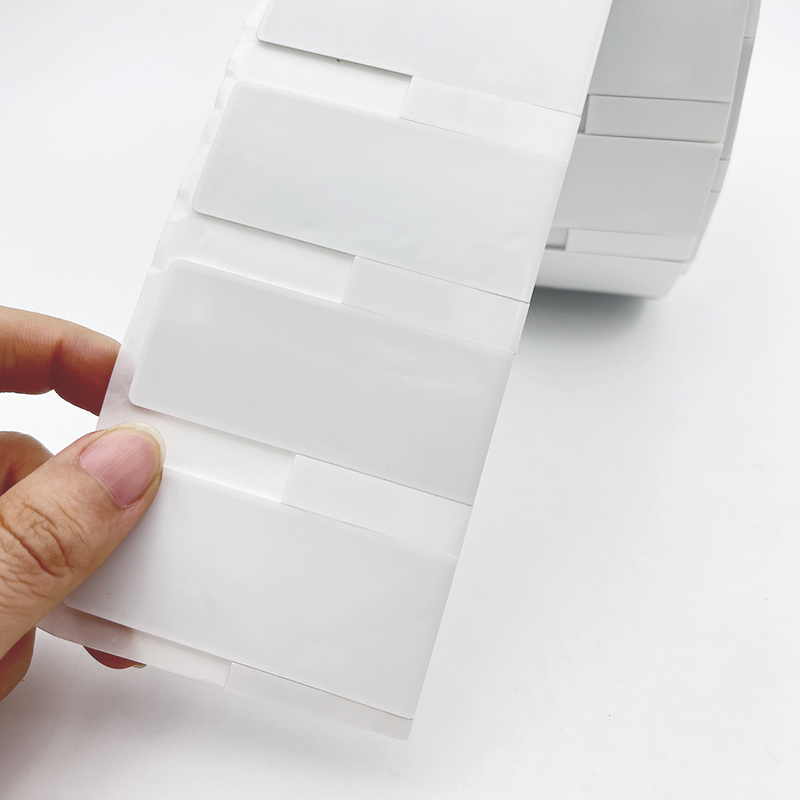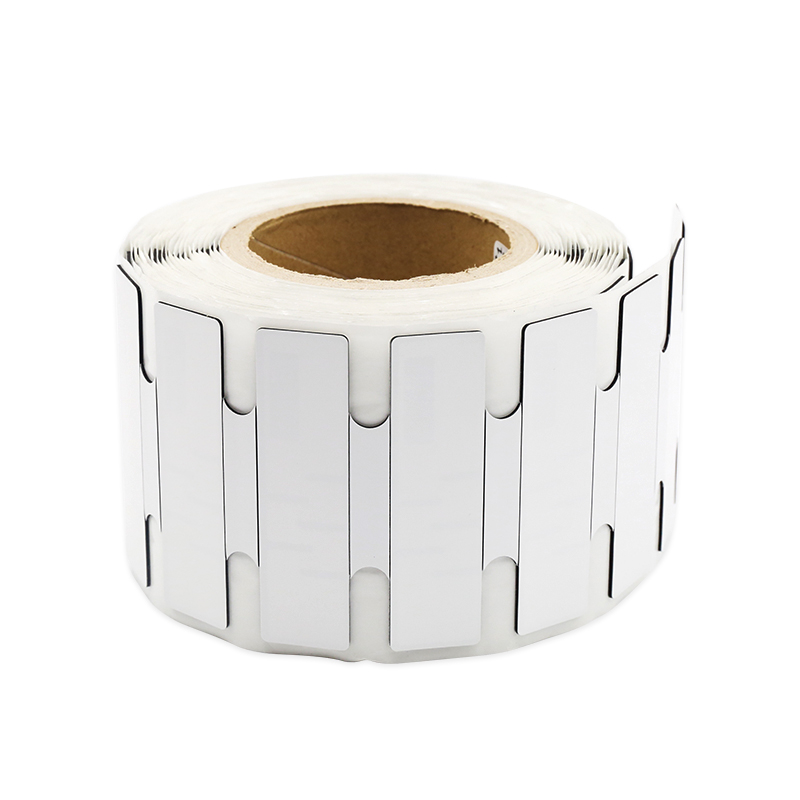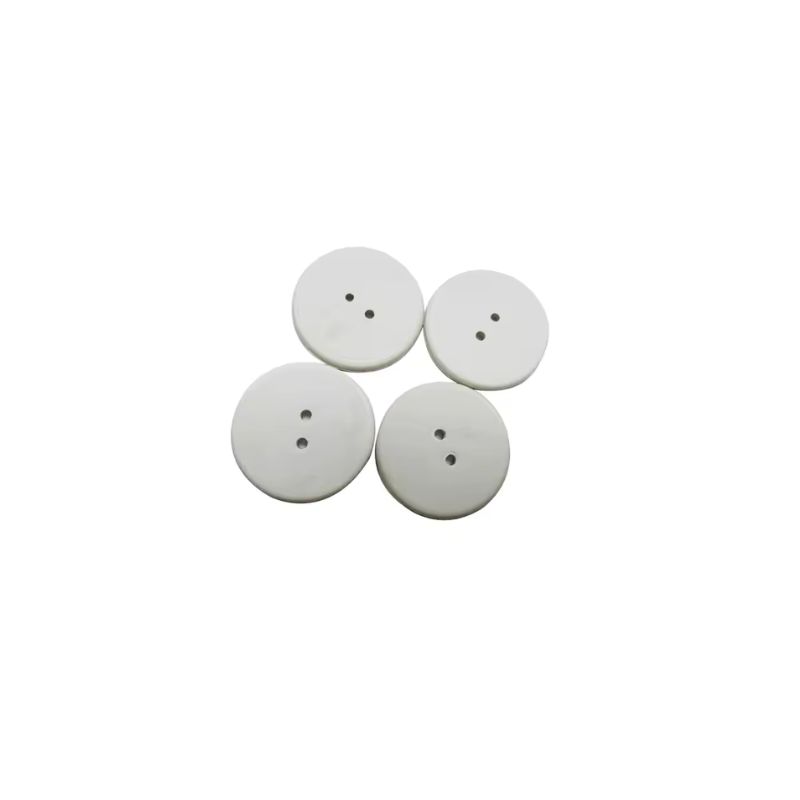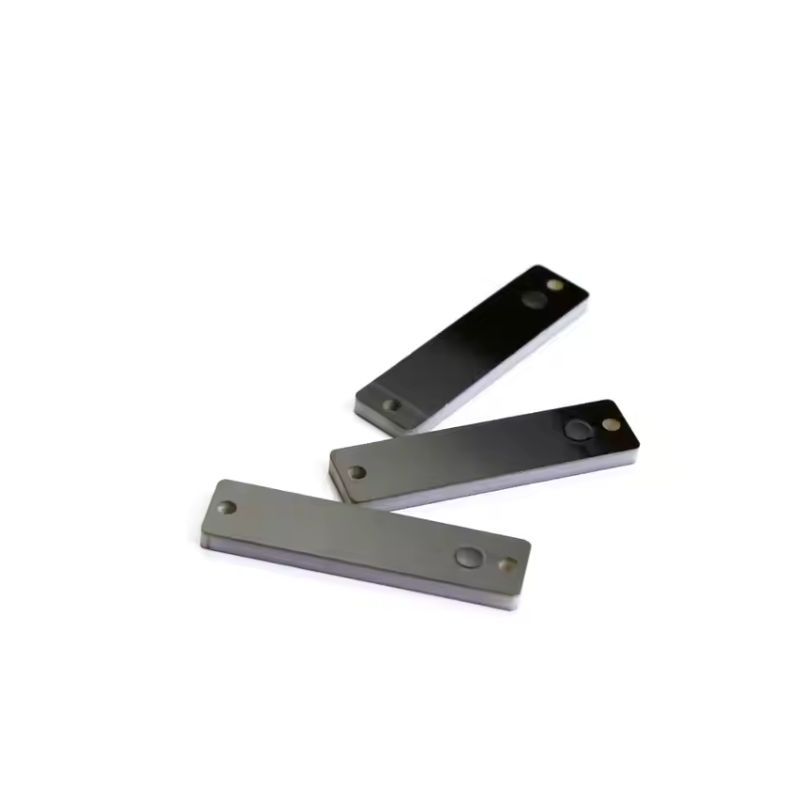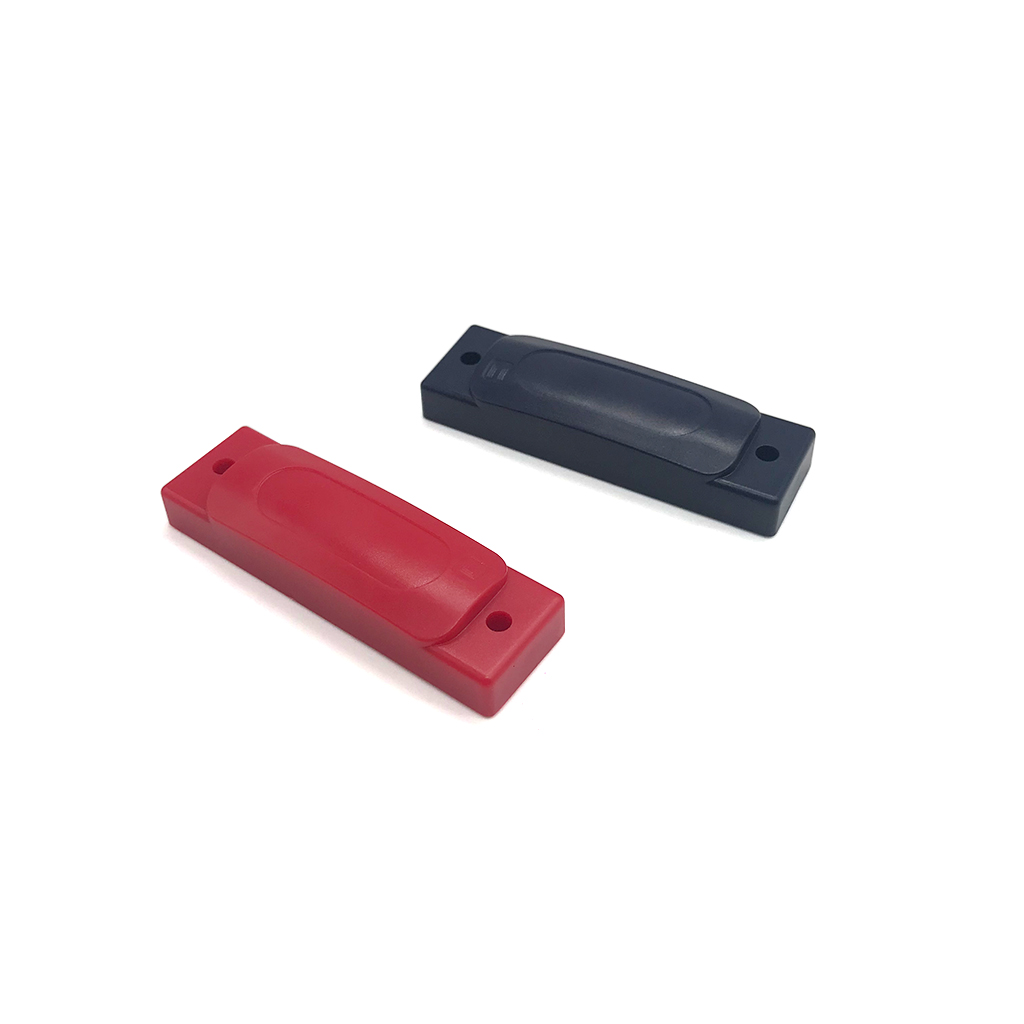
Printable UHF Anti Metal RFID Tag for Equipment Management
Anti Metal RFID Tag – High Performance UHF Tracking on Metal Surfaces
If you’re tracking tools, machinery, or returnable containers in metal-heavy environments, you need tags that don’t just survive — they perform flawlessly. Our Anti Metal RFID Tag is specifically engineered to function reliably on metallic surfaces where traditional RFID systems fail.
Unlike standard tags that lose signal due to interference, these UHF RFID Anti Metal Tags use advanced shielding and spacing layers to ensure strong performance, even when directly mounted on steel, aluminum, or other conductive surfaces.
Whether you’re managing heavy equipment or optimizing warehouse inventory, our On Metal RFID Tags are the ideal solution for reliable, scalable, and secure identification.
Key Features of the Anti Metal RFID Tag
- UHF Frequency (860–960 MHz) – Long-range performance on metal
- On-Metal Design – Built to resist RF interference and reflection
- Printable Surface – Thermal-transfer printable for custom IDs, barcodes, logos
- IP68 Waterproof Rating – Withstands water, oil, dust, and impact
- Adhesive Backing – Easy peel-and-stick application for tools, racks, assets
- Impinj Monza M730 Chip – 128-bit EPC memory with 50-year data retention
- Ultra Durable Material – Polyester shell resists heat, chemicals, abrasion
- Slim, Compact Form – Just 1mm thick, fits on small or curved surfaces
These Anti Metal RFID Tags provide fast, accurate reads up to 8 meters — even in metallic or industrial environments.
Real Case Study: Equipment Management in an Automotive Plant
A global automotive manufacturer struggled with asset tracking on metal production tools. After deploying our UHF RFID Anti Metal Tags:
- Equipment location accuracy improved by 95%
- Maintenance tracking became automated and error-free
- Loss/theft reports dropped by 40% in 6 months
These On Metal RFID Tags enabled real-time visibility across 3 factory sites and saved hundreds of hours in manual inventory.
Technical Specifications
| Feature | Specification |
| Operating Frequency | 860 – 960 MHz (UHF) |
| Protocol | ISO 18000-6C / EPC Gen2v2 |
| Read Range | Up to 8 meters (on metal) |
| Chip Type | Impinj Monza M730 |
| Memory | 128-bit EPC, 100,000 write cycles |
| Material | Synthetic Polyester |
| Tag Dimensions | 60 x 25 x 1 mm |
| Mounting Method | Adhesive (other options available) |
| Operating Temp | -30°C to +80°C |
| IP Rating | IP68 – waterproof, dustproof |
| Storage Life | 50 years |
Application Scenarios for Anti Metal RFID Tags
- Tool & Equipment Tracking – Manage metal tools and devices in industrial workshops
- Construction & Logistics – Track scaffolding, containers, or rental gear
- Pallet & Container Monitoring – RFID for reusable transport items
- Asset Maintenance Logs – Combine with CMMS for scheduled maintenance
- Smart Warehouse Shelving – Real-time location of metallic inventory zones
UHF RFID Anti Metal Tags are essential for any high-value asset environment where traditional RFID fails due to interference.
Why Choose Us?
We’re not just a tag supplier — we’re a trusted industrial RFID partner. Businesses choose us because:
- Customizable Sizes, Chips & Adhesives – Tailored for your environment
- High Volume, High Precision – Manufactured under ISO-grade conditions
- Pre-Sales Engineering Support – Help with tag placement, reader calibration, and system integration
- Low MOQ & Fast Shipping – Start small, scale fast
- Proven Durability – Tested in heat, moisture, and metal-dense spaces
Our On Metal RFID Tags are engineered to solve problems, not create them.
Ready to track metal assets with confidence?
FAQ
What is an Anti Metal RFID Tag?
An Anti Metal RFID Tag is specially designed to work on metal surfaces without interference. It uses isolating materials to prevent RF signal reflection and attenuation, enabling reliable tracking of metallic objects.
Do RFID Tags work on Metal?
Standard RFID tags do not work well on metal due to signal disruption. However, On Metal RFID Tags like ours are engineered with special backing to overcome this problem and function accurately when mounted on metal.
What’s the difference between UHF RFID Anti Metal Tag and regular UHF Tags?
UHF RFID Anti Metal Tags include RF-blocking layers and custom antenna tuning. They allow UHF signals to function even when the tag is attached to a conductive surface — unlike regular UHF tags, which often fail in such conditions.
Can these tags be customized with barcodes or logos?
Yes! Our Anti Metal RFID Tags feature a printable surface. We offer thermal-transfer printing for barcodes, company logos, serial numbers, or EPC codes.
How are these tags applied?
Most customers use industrial adhesive backing for fast and secure placement. We also offer magnetic and rivet options upon request.
Get Your Custom RFID Tags
As a leading custom RFID tag manufacturer, we craft solutions based on the unique needs of your operation. We offer a wide range of customization options, including material, size, frequency, encoding, and read distance, ensuring each RFID Tag is perfectly customized to your requirements. No matter what application you use RFID tags for, we can provide rugged, reliable RFID tags that meet the highest quality and durability standards. Here are the main ways we customize RFID tags to fit your needs.

Material Selection
Material is key for customizing RFID tags. Plastic works in harsh conditions, while softer materials suit delicate spaces. Different materials also affect signal performance. Pick what fits your use case to ensure your tags last and work reliably.

Customized Size
Size shapes usability. Small tags fit tight spaces or tiny items, while larger tags are easily read. In crowded areas, sleek tags prevent clashes. Align shape and dimension with your goods for visibility, convenience, and performance.

Frequency Requirements
Choose LF, HF, or UHF based on read range, speed, and interference. LF and HF resist metals and liquids but have shorter ranges. UHF offers an extended range yet may face signal blocks. Match frequency to your environment for reliable performance.

Reading Distance
Define the distance at which you have to read the tag. Short distances work for retail checkouts, while warehouses may need meters of coverage. Antenna design, reader settings, and power outputs affect range.Adjust these factors to capture data accurately at the distance you need.

Encode
Plan how data is stored on each tag. Some only hold an ID, while others contain detailed info. Decide if you need a simple EPC or added user memory. Ensure your chosen format works with existing software. Proper encoding streamlines processes and slashes errors.

Application Environment
Consider real-world conditions. Temperature swings, humidity, and chemicals can degrade tags. For outdoor use, opt for UV-resistant casings. In healthcare or food settings, ensure compliance with safety rules. Matching your tags to the environment maximizes their lifespan.
Related Products
Customize any RFID tags from our factory to meet your requirements.
